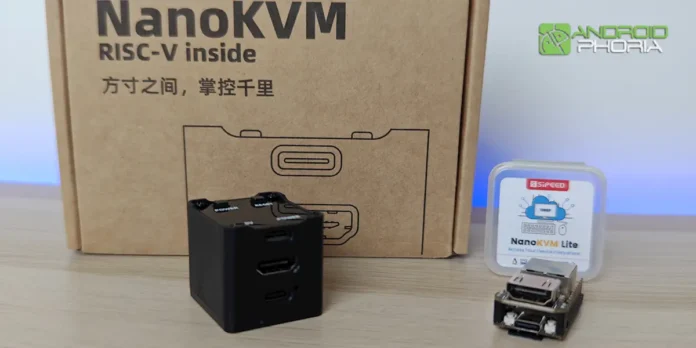
Sipeed Nanokvm is an innovative KVM solution on IP for computers or servers controlwhich offers portability and low cost functionality. It is based on the Nano Lichever Platform and combines a compact design with great performance. There are two versions available: Nanokvm Lite and Nanokvm Full.
The Lite version is the cheapest and simplest, being suitable for users with technical knowledge or even for companies that require a cheap and practical KVM. On the other hand, the full version is a premium option that Includes a refined housing, useful accessories, OLED screen and a micro SD card with the image of the pre -installed system for immediate use. Therefore, this latest version is the best for those who want an easy and fast solution, which does not require doing anything very complicated.
We have both versions of Sipeed Nanokvm prepared at our analysis table for examine their abilities, performance and performance in cases of use. Will they meet the expectations of enthusiasts and professionals in this area? Join us to discover it.
Sipeed Nanokvm: a KVM on ultracompact and powerful IP for computers remote control
In case you don’t know, KVM is an acronym for “keyboard, video and mouse” and refers to all those technologies that allow controlling one or more computers at the hardware level. That is, unlike tools that work at the software level as Chrome’s remote desktop, a KVM will control your computer as if you were physically there, because it acts like a mouse and real keyboard.
Thus, the advantage of controlling your PC with a KVM is that you will be able to turn it off, restart it and even light it remotely, as well as access to the biosStart the operating system, and solve problems even before the starting operating system.
The Sipeed Nanokvm They are “KVM on IP”, as they connect to your local network. In that way, they make it possible to control your PC from wherever you are; You just have to connect to your network and send the actions to the Nanokvm you want to make the computer. Let us know the particularities of both.
Nanokvm Specifications (Lite and Full)
|
Specs |
Small nanokvm |
Nanokvm full |
|---|---|---|
| Unit | Lichever Nano (RISCV) | Lichever Nano (RISCV) |
| Resolution | 1080p @ 60 fps | 1080p @ 60 fps |
| Video decoding | MJPEG, H264 | MJPEG, H264 |
| Video delay | 100 – 160 ms | 100 – 160 ms |
| UEFI / BIOS | Yeah | Yeah |
| Simulates a USB / Virtual Hid keyboard and mouse? | Yeah | Yeah |
| Emulate USB / Virtual Storage CD-ROM? | Yeah | Yeah |
| IPMI | Yeah | Yeah |
| Wake-on-LAN | Yeah | Yeah |
| ATX food control | None. Users can connect on their own | USB interface. IO control card |
| External serial port | 2 channels | 2 channels |
| Gasp | None | 0.96 ″ with resolution 128 x 64 pixels. |
| Micro SD card | Does not include | Yes, ready to use |
| Expansion accessories | None | Wifi or poe |
| Energy consumption | 0.2a @ 5V | 0.2a @ 5V |
| Energy input | USB PC. Power supply | USB PC. Power supply. It also supports auxiliary food |
| Heat dissipation | Silent without fan | Silent without fan |
| Size | 23 x 37 x 15 mm | 40 x 36 x 36 mm |
| Box content | 1x Nanokvm Lite and 1x Heat dissipator. | 1x Nanokvm Lite, 1x 16 pin cable, 1x ATX-B plate, 2x USB-A cable and 1x heat dissipator. |
Differences between Nanokvm Lite and Nanokvm Full
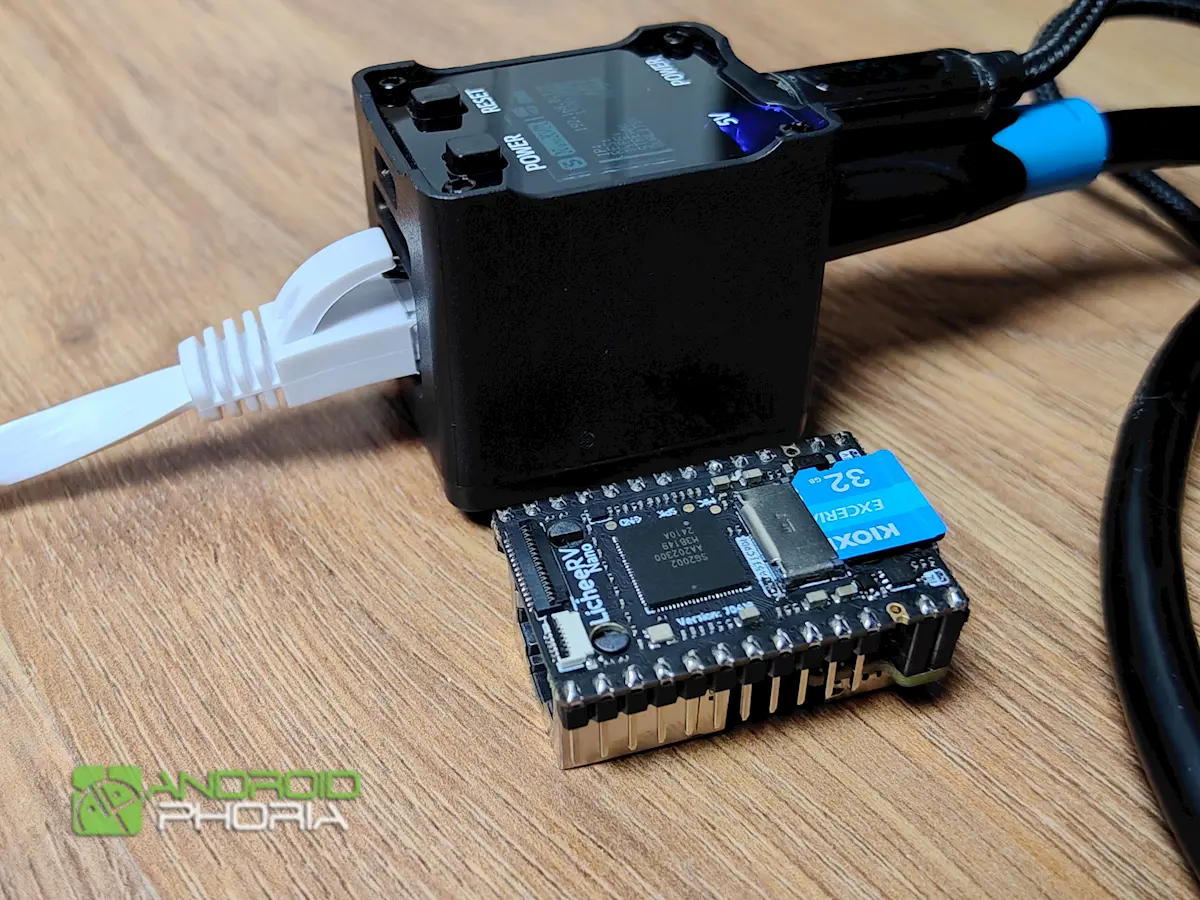
As we mentioned at the beginning, the Nanokvm is sold in two presentations. Although There are no performance differences between them, because they are based on the same Nano Lichever (RISCV) platformYes they have several elements that distinguish them and that you must take into account. In order not to lengthen much, we summarize all your differences below:
- Accommodation: The Nanokvm Full model brings a complete housing with buttons and screen that makes it larger than the Nanokvm Lite, but also safer and easy to use.
- Ports: The Full Nanokvm has three USB-C ports, an HDMI, an RJ45 entrance and a standard interface (the company has plans to launch Wi-Fi or POE modules). The Nanokvm Lite only has a USB-C port, an HDMI and an RJ45 entrance.
- Auxiliary food: When having a USB-C port that is used both to receive energy and to control the mouse and keyboard, the Lite Nanokvm does not work if the computer to control is off (although this can be solved with an adapter that divides data and food). On the other hand, the Nanokvm Full has three USB-C ports, one of them dedicated exclusively to food so that it can continue to function even if the PC to control is off. That means that only Nanokvm Full can turn on the PC remotely.
- Atx place: Only the Full Nanokvm includes an ATX plate that connects to the PC motherboard to have control of its Power and Reset buttons, and read the status of its LED light.
- System image: The Nanokvm Full is ready to use, since it incorporates a micro SD card with the image of the pre -installed system. The Nanokvm Lite does not bring micro SD or any system; You must buy one and install the system yourself.
In short, the Nanokvm Full is not only easier to use for little experienced users in this area, but also more complete in functionalities to control the Power / Reset button of the PC at a distance. The Nanokvm Lite would only recommend it to users with technical knowledge know how to deal with the limitations of this simpler version and make the most of their capacities.
This is the Nanokvm Lite
The Nanokvm Lite is super simple. It is a small 4 x 3.6 x 3.6 centimeter plate that It has an HDMI port to receive video from the PC to control, an Ethernet port to connect to the same local network as the PC and the Internet (necessary for remote video transmission) and a USB-C port that allows you to control the mouse and keyboard of the PC and receive energy from it. Ah! And has a micro SD card slot (not included).
It should be clarified that you can use this Lite version with a USB-C split adapter to separate data and food. In that way, you can take advantage of its functions even if the PC is off, since it will use an independent power supply. If you are little hands, you can also make this adaptation yourself with two USB-C cables.
All its components are in sight, because it has no housing. It does not include additional accessories, except for a small passive heat dissipator. Don’t you use a fan? No, just consume 1 w, It does not heat up practically anything or generates anything noise. It is wonderful to see how a device as small as a currency works so discreetly!
This is the Nanokvm Full
Despite being a bit larger, Nanokvm Full is equally powerful as the Nanokvm Lite. Its larger size is mainly explained by its housing that adds a USB-C port for an ATX plate, another USB-C port of auxiliary feed, a standard interface for WiFi or POE modules (they are not yet available) and a 0.96 ″ OLED screen showing the KVM IP, the resolution and frame rate of video streaming, the use of CPUamong other relevant data.
In addition, it has some Power and Reset buttons that, through the ATX plate, act as the physical buttons of the PC that is being controlled. Of course, it also has the same HDMI, Ethernet and USB-C ports of keyboard and mouse control that its younger brother has.
In the box, the Nanokvm Full is accompanied by an ATX plaque, a 16-pin cable and two USB-A Cables to USB-C. The operation of the ATX plate is very simple: it simply connects to the PC motherboard to be controlled with the cables included And then you connect the Nanokvm Full to the Atx plate with a USB-A USB-C cable. Once this is done, the KVM can already control the Power and Reset’s physical buttons.
Keep in mind that, although Nanokvm Full can be used with a single USB-C cable that receives PC feeding and at the same time control the keyboard/mouse, if you want To be able to use the KVM when the computer is off it is necessary that you connect another USB-C cable For auxiliary food. By the way, just consuming 1 W, it is compatible with any basic 5 W phone charger.
Nanokvm and experience operation
In terms of operation and basic options, the Nanokvm Full and Lite are the same, so not to complicate ourselves we will refer to both in this section as “Nanokvm” without more. After making the corresponding connections, you can access the web management interface by addressing the KVM IP address With a browser. The first thing you will see is a login screen, whose credentials are “admin” (for user and password) by default and then you must change them.
When accessing the main user interface, You will see the Nanokvm options in an icon bar at the top from which you will have access to all its functions in a simple and intuitive way. Incidentally, the interface is in perfect Spanish, without omissions or rare translations, which further facilitates the use of their capabilities (if it does not appear in Spanish, click the icon of the gear wheel and change the language from the section “appearance”).
It should be remembered that Nanokvm is an OOB management agent that allows communication regardless of the system, even at the BIOS level. It is very useful to control the system through a web interface and can function as a traditional remote desktop service.
From the web interface, you can configure the “Wake On LAN” function to turn on your PC remotely through the local network. It is also possible to activate and deactivate the functions of “virtual disc” and “virtual network”. By activating the virtual disc function, you will see a USB unit in the Windows explorer of the PC, formatted as Exfat, with part of the content that has the Micro SD of the Nanokvm.
Not only is it a good gadget to keep servers or for more professional people. If you are who your parents call every time there is a problem with the PC, install one of these and you can support quickly and without depending of third -party software. In addition, as it comes with the option of installing Tailscale, it is not necessary to open the router port or anything complicated, it can be accessed remotely without complications and safely.
Everything works quite well, but with A certainly notable delay which is even higher than applications such as Microsoft’s remote desktop. In addition, we must mention that mouse control and keyboard has some instability. At one point, he stopped working and I could only solve it by restarting the KVM. It is not a very common failure, but you have to take it into account.
Are the Speed Nanokvm worth?
Sipeed Nanokvm is positioned as a compact, versatile and affordable solution for computers remote control, highlighting for its ability to operate at the hardware level (BIOS/UEFI) and its low energy consumption. While the Lite version is great for technical users looking for an economic and minimalist option, the full version offers a more polished experience, with advanced functions such as remote ignition, OLED screen and accessories ready to use.
Both are ideal not only for professionals, but also for the “family technician” for their ease of use and independence of third -party software. Although their latency and some usability details could be improved, Its price-re-real relationship makes it an interesting alternative in front of traditional KVM solutions. If you need a complete remote control, even before the operating system starts, the Nanokvm (especially in its full variant) is a difficult option to ignore. Costs € 30 in its lite version and € 60 In its full version.
|
THE BEST |
WORST |
|---|---|
|
|
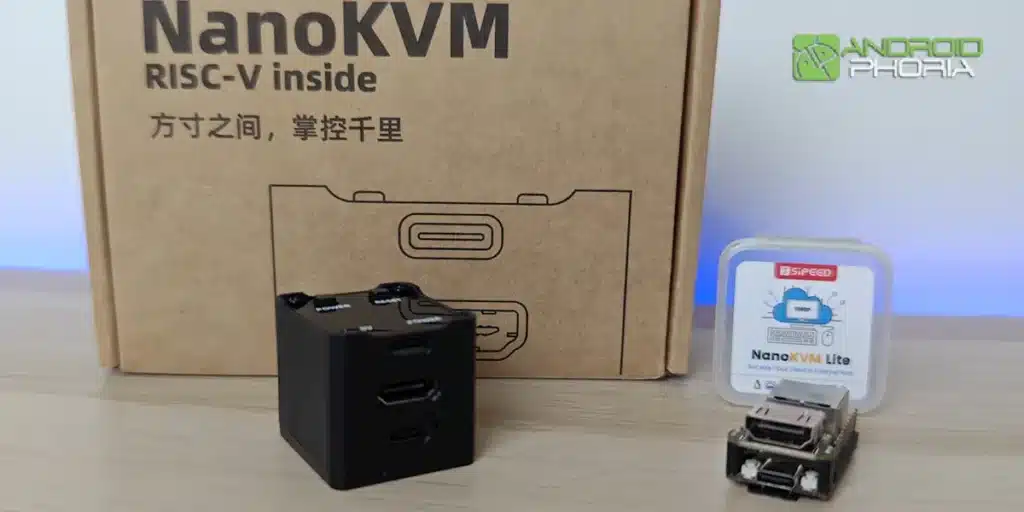
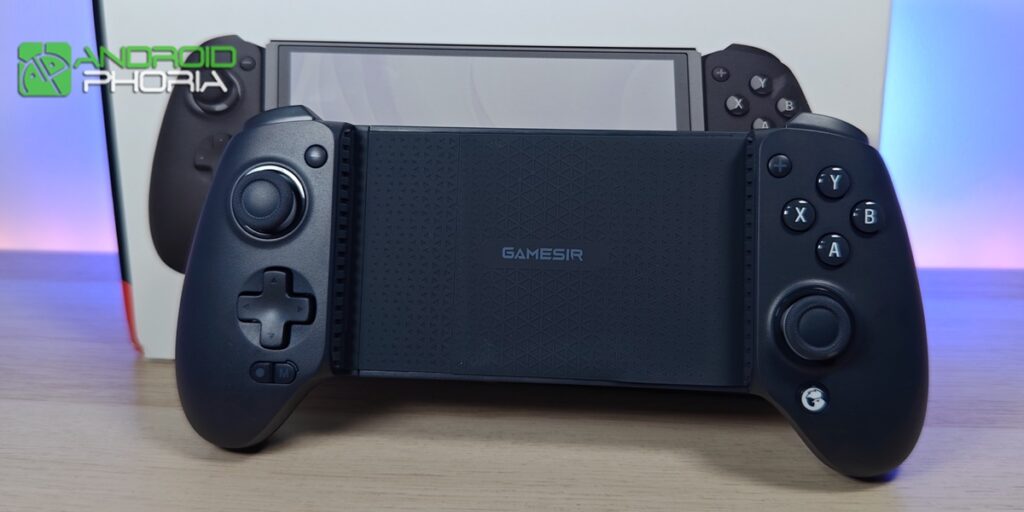
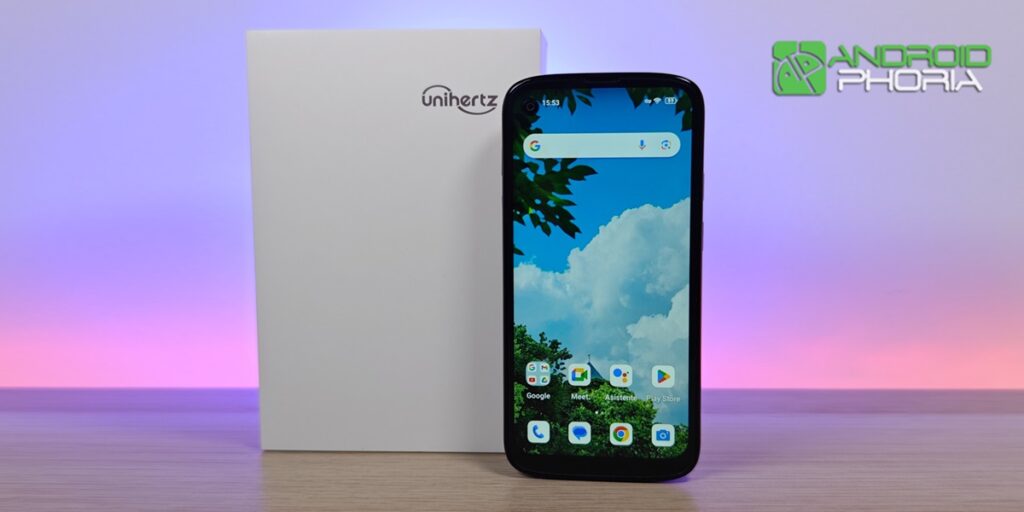
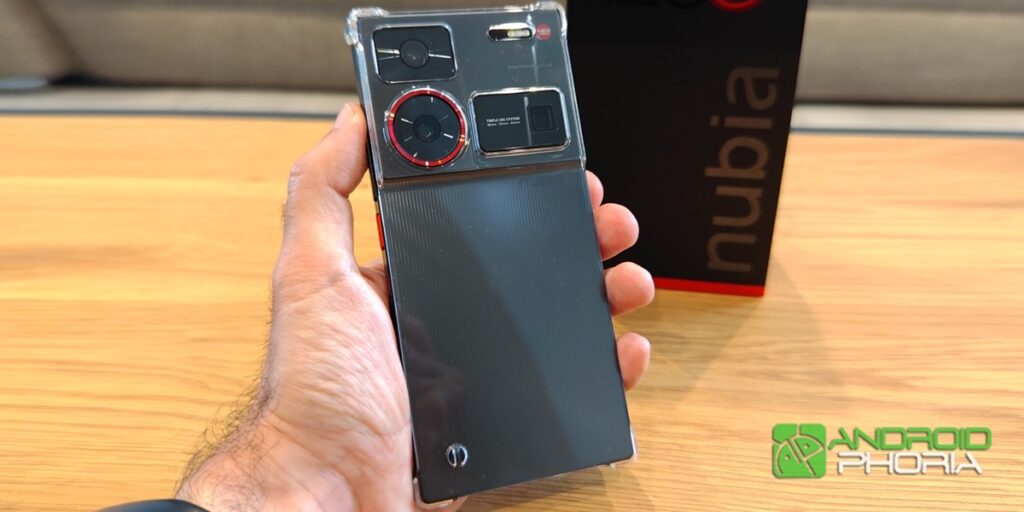
![Hands-On With Every Official Pixel 9 Series Case: Is It Worth The Price? [Video]](https://tecniserviciospro.com/wp-content/uploads/2024/08/Hands-on-with-every-official-Pixel-9-series-case-Is-it-1024x536.jpg)